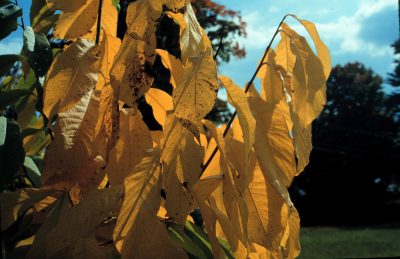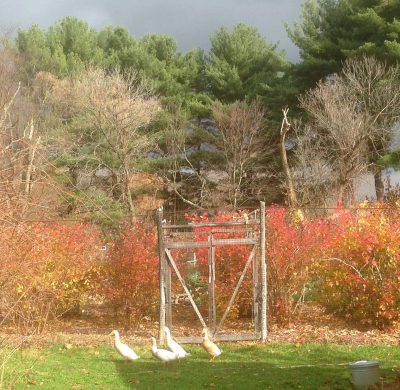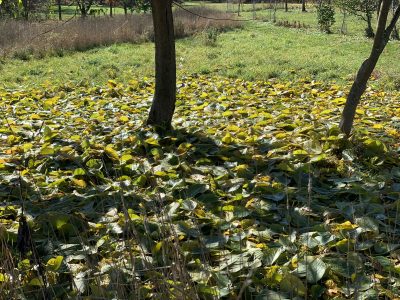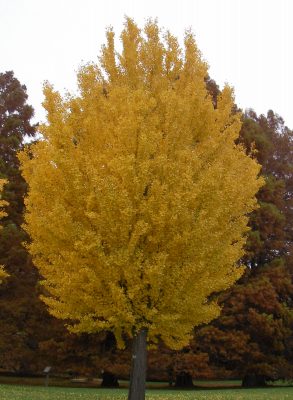What and Why?
The Month of May has ended, as has “No Mow May.” If you’ve never heard of “No Mow May,” it’s the rallying cry of a movement that began in the UK, suggesting that all of us who nurture greenswards abandon our efforts for the month of May. In so doing, habitat and food, in the form of early blooming wildflowers such as dandelions, clover, creeping Charlie, and violets, would become more available to early season pollinating insects.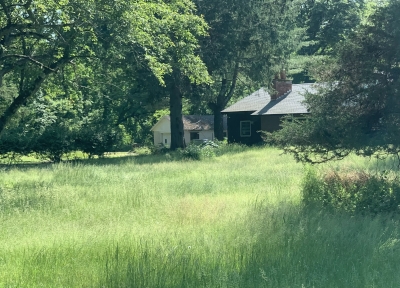
Let’s dive deeper into what “No Mow May” accomplishes, whether this movement has any drawbacks, and, finally, possible alternatives.
A lawn is typically a monoculture, or nearly so. Not mowing during this month when heat and rainfall spur rapid plant growth encourages more diversity, which makes environments more resilient.
Gasoline-powered mowers spew out great quantities of carbon dioxide and pollutants. Over the course of a year, one such machine pollutes the same amount as 43 new cars, each driven 12,000 miles! And all that noise. Not to also mention toxic pollutants entering the environment (13 billion pounds per year from lawns) and our collective lawns thirst for copious amount of water.
“No Mow May” puts a hold on all these environmental affronts, at least for the month.
Does It Fill The Bill?
Take a closer look at what this deliberate neglect has fostered. Peer at a no mow lawn, perhaps yours, and you’ll see some of the aforementioned wildflowers. Wait, though. Plants such as dandelion and creeping Charlie, are not native.  And dandelion, for one, can negatively impact animals and even other plants. Its pollen is nutritionally poor for bees, low in valine, isoleucine, leucine and arginine, all essential amino acids for honey bees. Problem is that bees can become faithful to one plant, so might fail to sufficiently pollinate other plants or ignore more nutritious pollen sources if they get started on dandelions. And dandelion’s allelopathic pollen inhibits seed development of some other plants.
And dandelion, for one, can negatively impact animals and even other plants. Its pollen is nutritionally poor for bees, low in valine, isoleucine, leucine and arginine, all essential amino acids for honey bees. Problem is that bees can become faithful to one plant, so might fail to sufficiently pollinate other plants or ignore more nutritious pollen sources if they get started on dandelions. And dandelion’s allelopathic pollen inhibits seed development of some other plants.
Leaving the mower parked in the garage or barn for May will, of course, change the appearance of your lawn, a look that has been part of our collective aesthetic from the past. Local ordinances might even prohibit “No Mow May.”
Despite certain drawbacks, mown lawn is functional, providing a soft, inviting surface for lounging, for playing, for picnicking, and other civilized activities.
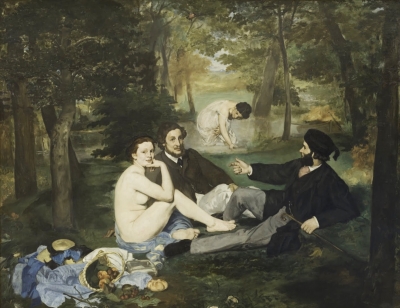
Manet’s “Luncheon on the Grass”
Tall grass is not nearly so inviting, especially as mice and other rodents feel more secure from predators scampering beneath the cover of long grass. Ticks enjoy such habitat, and are carried around by the mice, increasing threat of Lyme disease and other tick-borne illnesses.
Okay, so it’s the end of the month and you’re ready to mow. It’s not going to be easy to plow through all that vegetation. And all those clumps of grass clippings? You’ll probably have to rake them up so the lawn doesn’t get smothered.
The grass itself isn’t going to fair well with the drastic end-of-the-month pruning. Grasses are healthiest if blades are cut back by no more than one-third their length. So two mowings may be in order to bring grass down to mown height. If you wait a few days between mowings , then clippings from the first cut have time to dry out, so you may be able to forgo having to rake them up.
When all is said and done, does one month of not mowing an established lawn really encourage a burst of wildflowers or other biological changes? Probably not. The “No Mow May” lawns that I see look mostly just like unmown grass.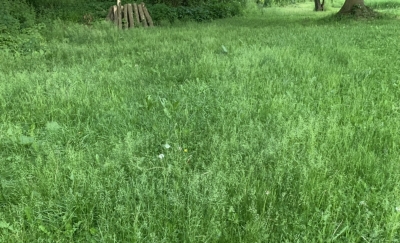
Alternatives
Probably the easiest way to get the best of both worlds, or at least some of both worlds, would be with “One Mow May” or “Less Mow May” rather than “No Mow May.”
Or, replace part of the lawn with a garden, perhaps a wildflower garden, or even just areas with groundcovers rather than lawn.
My top alternative to “No Mow May” is what I’ve called Lawn Nouveau, an idea I had years ago that reflected my lack of time and enthusiasm for mowing the lawn. Here’s an adaptation of Lawn Nouveau, as I described it in the mowing chapter — yes, mowing is a type of pruning — of my book The Pruning Book (available here, signed, or from the usual sources):
The low grass is just like any other lawn, and kept that way with a lawnmower. Other portions are allowed to grow, and are mowed infrequently –- one to three times a year, depending on the desired look. Mowings from the tall grass portions must be raked up after mowing or else they’d leave unsightly clumps and smother regrowth, but they are good material for mulch or compost.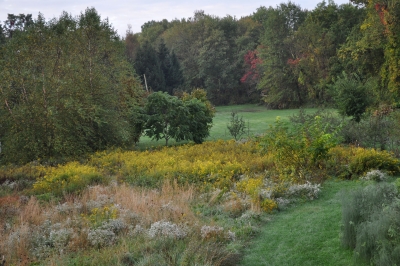
A crisp boundary between tall and low grass keeps everything neat and avoids the appearance of an unmown lawn. Tall and short grass can help define areas. Rather than straight edges and 90° corners, curves in bold sweeps can carry you along, then pull you forward and push you backward, as you look upon them. Avenues of low grass cut into the tall grass invite exploration, and, like the broad sweeps, can be altered throughout the season.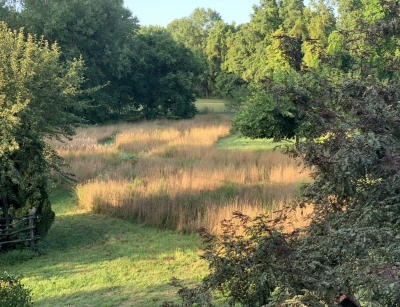
The “tall grass” becomes more than just grass as other plant species gradually elbow their way in. Which ones gain foothold depends on the weather and frequency of mowing. 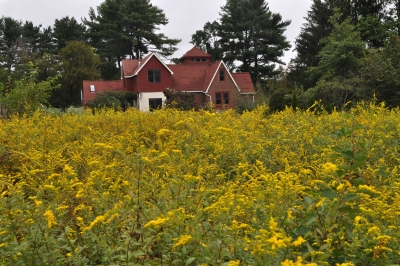 An attractive mix of Queen Anne’s lace, goldenrod, chicory, and red clover might mingle with the grasses in a dry, sunny area, with ferns, sedges, and buttercups mixing with the grasses in a wetter portion.
An attractive mix of Queen Anne’s lace, goldenrod, chicory, and red clover might mingle with the grasses in a dry, sunny area, with ferns, sedges, and buttercups mixing with the grasses in a wetter portion.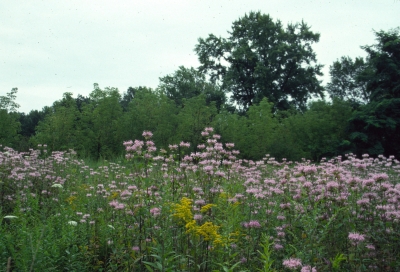
I now have a one-and-a half acre meadow which, along with some lawn around my home, constitutes Lawn Nouveau here. No need for large property, though; my original property was 3/4 acre, and that’s where Lawn Nouveau began way back when.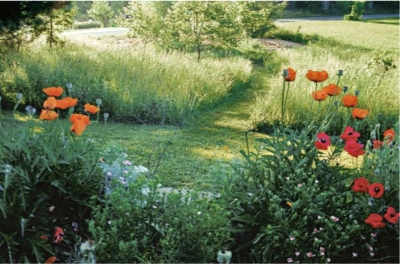
In Praise of the (Austrian) Scythe
My preferred implement for mowing the tall grass is a scythe. Not the so-called American type scythe, with a curved handle and stamped blade, which is put to best use decorating the wall of a barn. I use a so-called Austrian type scythe (purchased from www.scythesupply.com), which usually has a straight handle and is lightweight with a razor sharp, hammered-thin blade.
Much of my one acre meadow gets a once-a-year mowing with my tractor, but you’ll still find me out there early summer mornings with my scythe.  It’s a joy to step out in the dewy coolness and swing my scythe, the only sounds being that of birds singing and the scythe blade whooshing through the turgid, green stalks of meadow plants.
It’s a joy to step out in the dewy coolness and swing my scythe, the only sounds being that of birds singing and the scythe blade whooshing through the turgid, green stalks of meadow plants.
(For a short scything video, see https://leereich.com/video.)
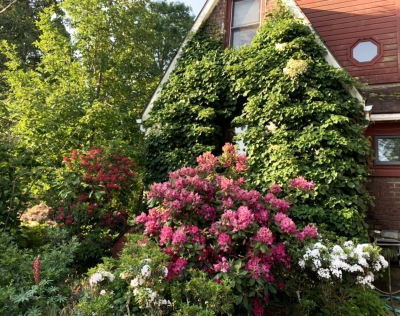



 And dandelion, for one, can negatively impact animals and even other plants. Its pollen is nutritionally poor for bees, low in valine, isoleucine, leucine and arginine, all essential amino acids for honey bees. Problem is that bees can become faithful to one plant, so might fail to sufficiently pollinate other plants or ignore more nutritious pollen sources if they get started on dandelions. And dandelion’s allelopathic pollen inhibits seed development of some other plants.
And dandelion, for one, can negatively impact animals and even other plants. Its pollen is nutritionally poor for bees, low in valine, isoleucine, leucine and arginine, all essential amino acids for honey bees. Problem is that bees can become faithful to one plant, so might fail to sufficiently pollinate other plants or ignore more nutritious pollen sources if they get started on dandelions. And dandelion’s allelopathic pollen inhibits seed development of some other plants.



 An attractive mix of Queen Anne’s lace, goldenrod, chicory, and red clover might mingle with the grasses in a dry, sunny area, with ferns, sedges, and buttercups mixing with the grasses in a wetter portion.
An attractive mix of Queen Anne’s lace, goldenrod, chicory, and red clover might mingle with the grasses in a dry, sunny area, with ferns, sedges, and buttercups mixing with the grasses in a wetter portion.

 It’s a joy to step out in the dewy coolness and swing my scythe, the only sounds being that of birds singing and the scythe blade whooshing through the turgid, green stalks of meadow plants.
It’s a joy to step out in the dewy coolness and swing my scythe, the only sounds being that of birds singing and the scythe blade whooshing through the turgid, green stalks of meadow plants.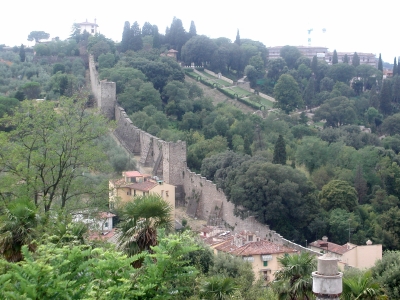
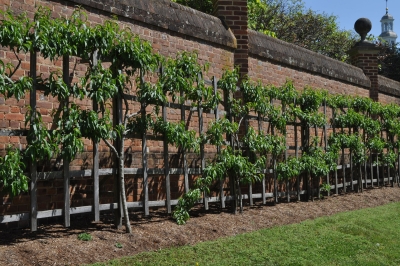
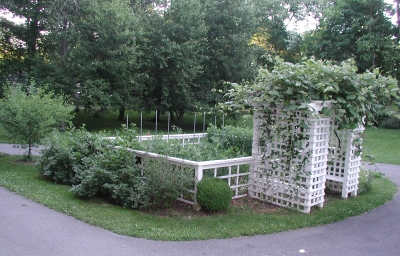


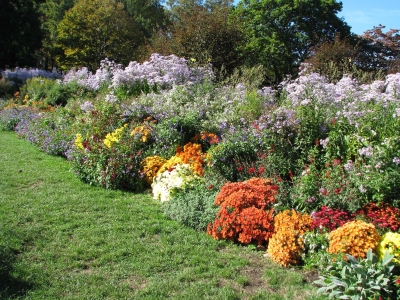

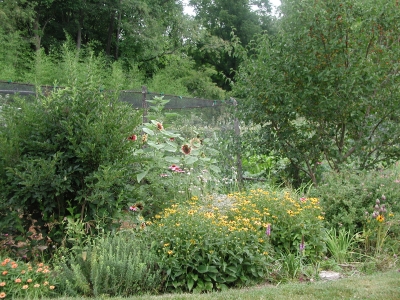
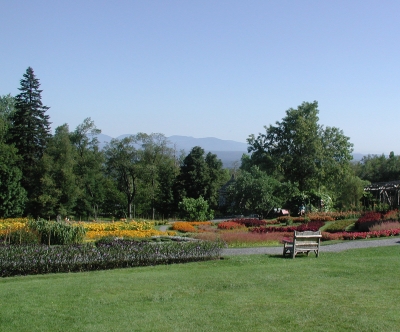
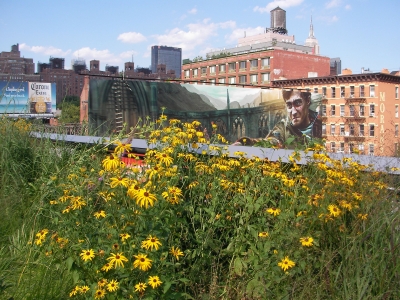
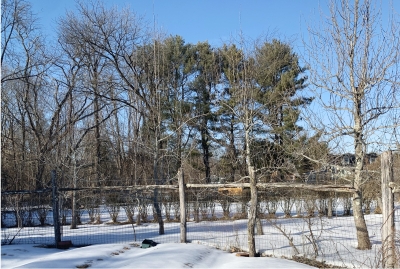 To the south my meadow ends at a sweep of another neighbor’s field, the more frequently mown grass of which undulate like waves in summer sunshine in contrast to the more upright asters, fleabanes, goldenrods, and monardas that stand upright among the grasses in my meadow.
To the south my meadow ends at a sweep of another neighbor’s field, the more frequently mown grass of which undulate like waves in summer sunshine in contrast to the more upright asters, fleabanes, goldenrods, and monardas that stand upright among the grasses in my meadow.

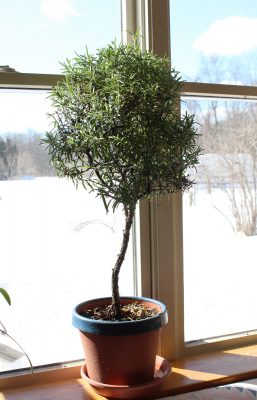
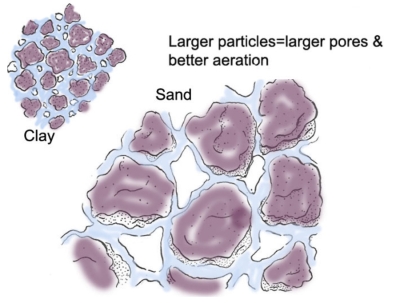
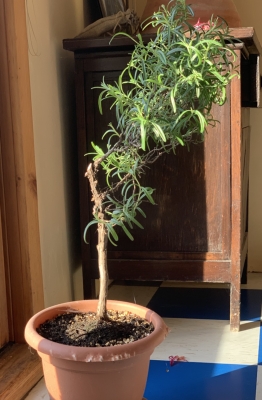
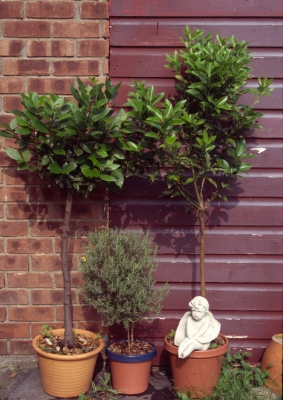
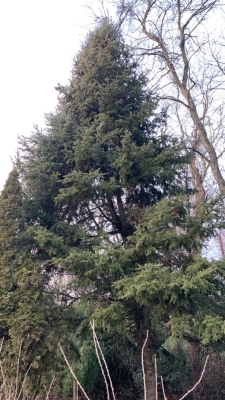
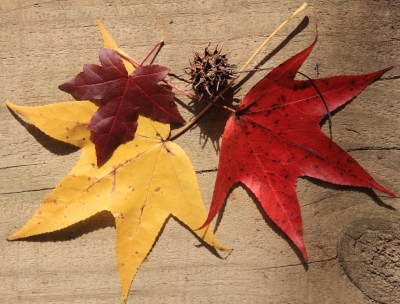
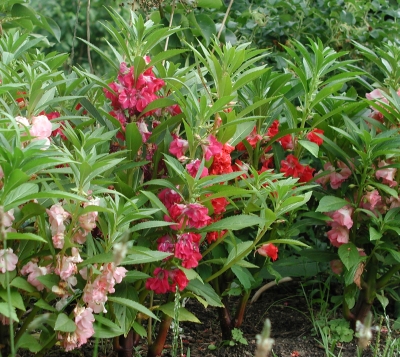
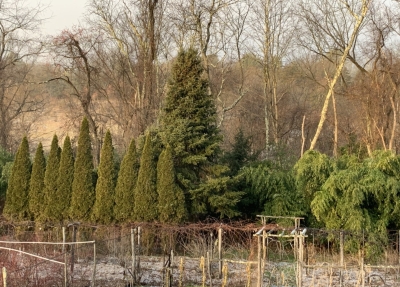
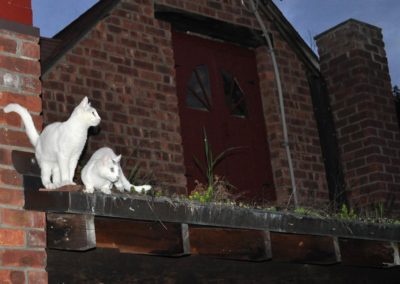
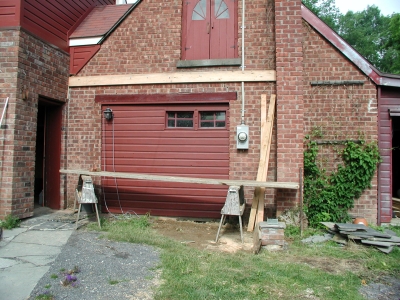 The roof had enough slope so plants could be seen from the path, yet not so steep that a hard rain would wash the soil away.
The roof had enough slope so plants could be seen from the path, yet not so steep that a hard rain would wash the soil away.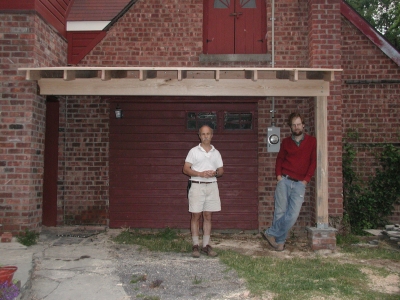
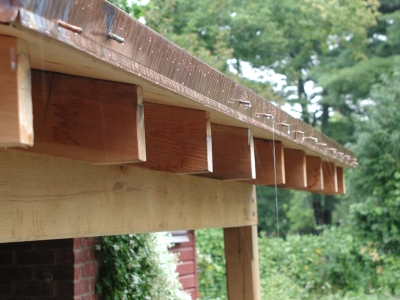 (It streamed, but not so decoratively, because some tubes kept getting clogged and the bottom edge of the roof was not exactly horizontal so the flow burden was taken up by only a few tubes.)
(It streamed, but not so decoratively, because some tubes kept getting clogged and the bottom edge of the roof was not exactly horizontal so the flow burden was taken up by only a few tubes.)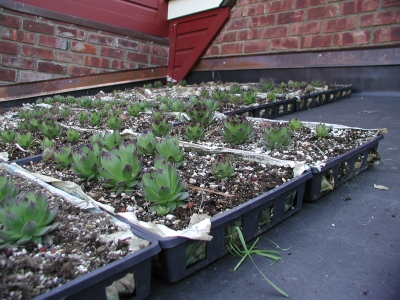 All this planting took place almost a year before the roof was readied for the plants, important so the hen-and-chicks could make enough “chicks” to spread and pretty much cover the planting trays, which otherwise would have left too much planting mix exposed to washing from rainfall.
All this planting took place almost a year before the roof was readied for the plants, important so the hen-and-chicks could make enough “chicks” to spread and pretty much cover the planting trays, which otherwise would have left too much planting mix exposed to washing from rainfall.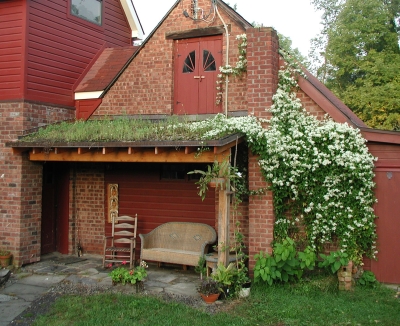
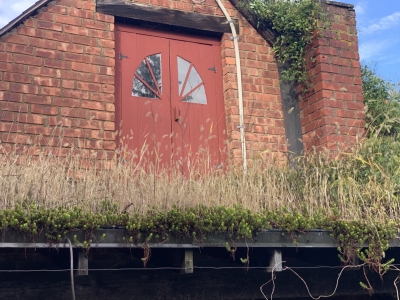

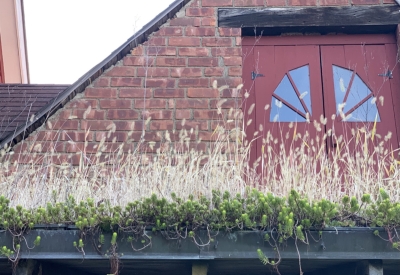
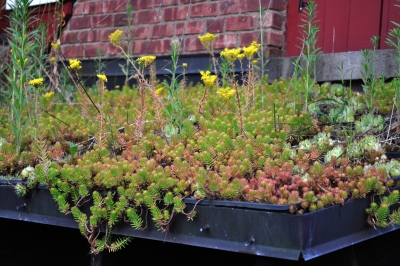 She looked good up there, especially when draped over the front lip. She also multiplied rapidly both on the wall and on the roof. To further encourage her, I grab bunches wherever in excess on the wall and toss them up on the roof to root.
She looked good up there, especially when draped over the front lip. She also multiplied rapidly both on the wall and on the roof. To further encourage her, I grab bunches wherever in excess on the wall and toss them up on the roof to root.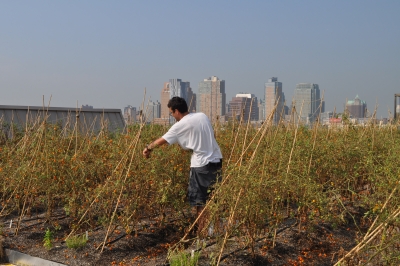
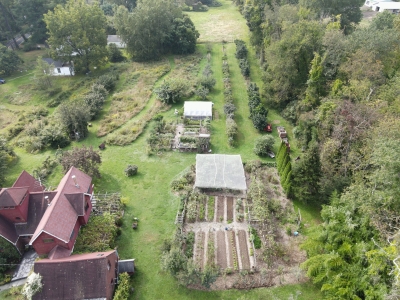

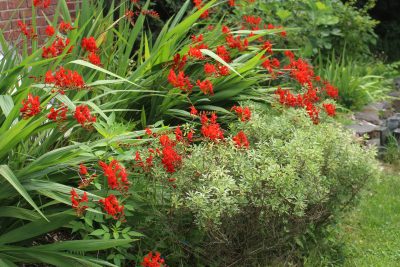
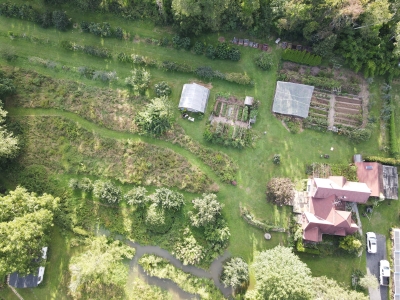
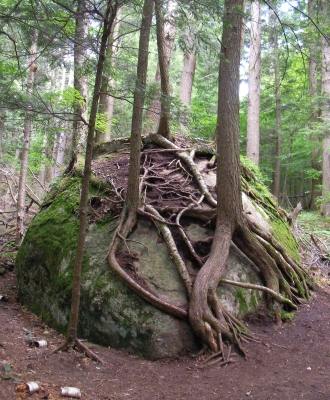
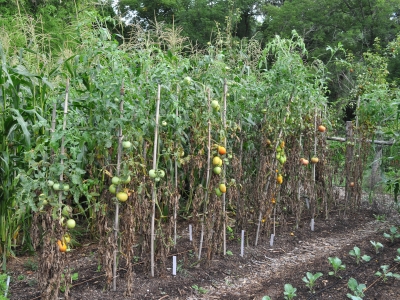
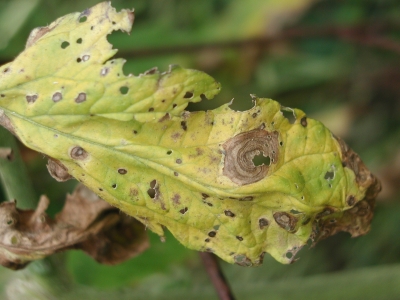
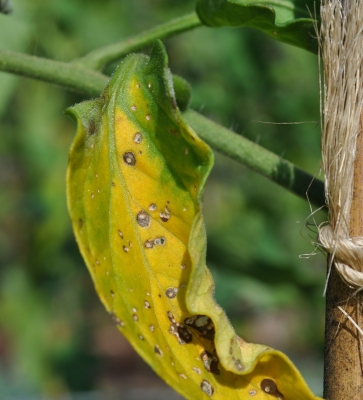
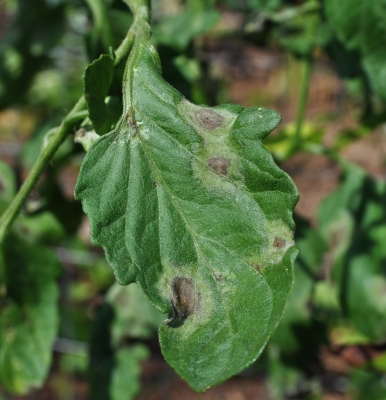
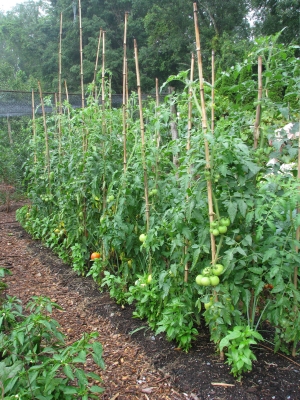
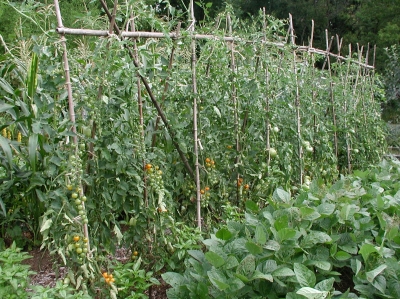
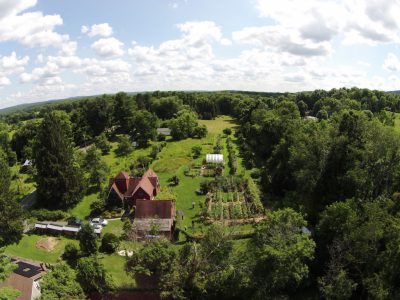
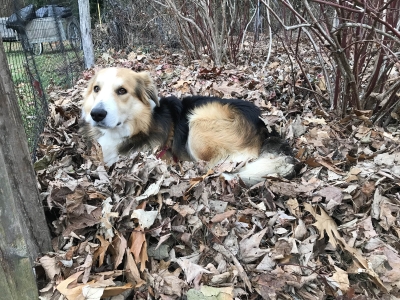
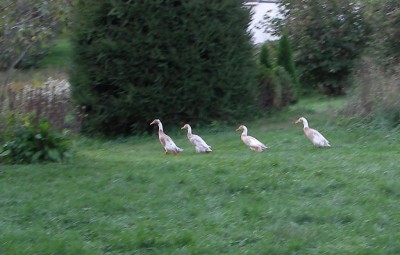
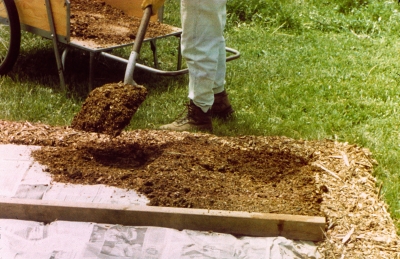
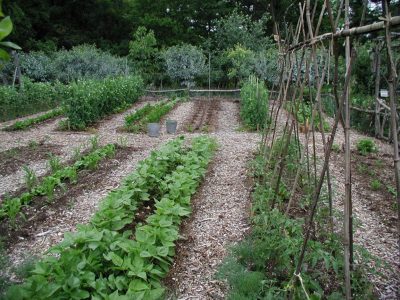
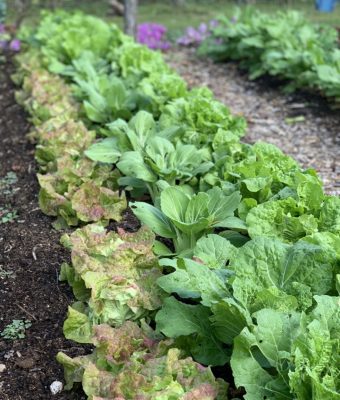

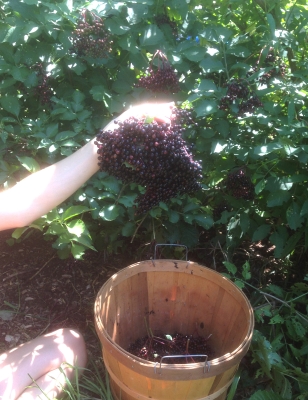
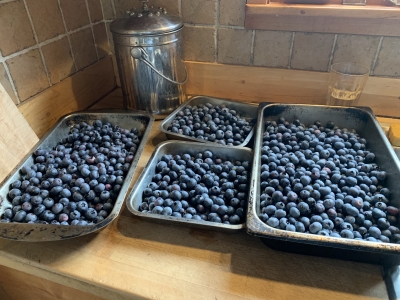
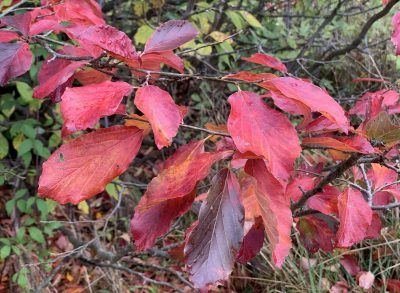 But I’m writing about color, and Persian ironwood has it, the leaves emerging purplish in spring, turning a lustrous green in summer, then morphing into variable shades of yellow, orange and red in autumn.
But I’m writing about color, and Persian ironwood has it, the leaves emerging purplish in spring, turning a lustrous green in summer, then morphing into variable shades of yellow, orange and red in autumn.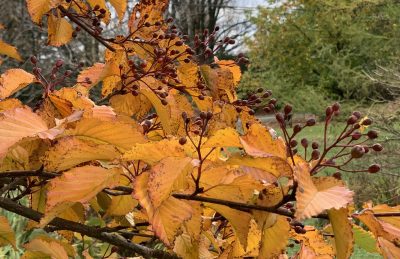
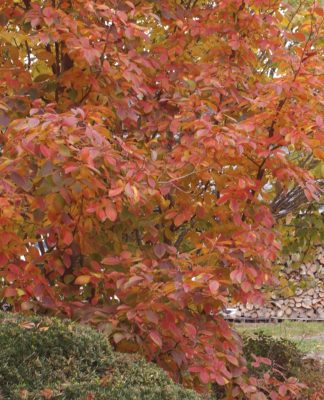

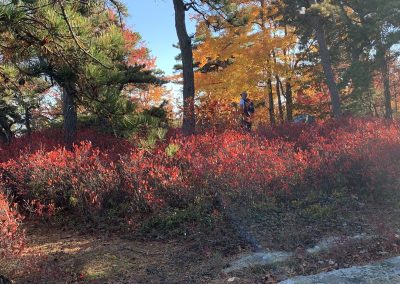 Pawpaw (Asimina triloba) is another fruit plant here, this one with many tropical aspirations. Tropical aspirations? It’s the northernmost member of the mostly tropical Custard Apple family (Annonaceae); its fruit has taste and texture reminiscent of banana; the fruits hang in clusters like bananas; and its long, drooping leaves would be visually at home in tropical climes. Come fall, the plants shed those tropical aspirations as the leaves turn clear yellow, especially nice when backlit by sunlight.
Pawpaw (Asimina triloba) is another fruit plant here, this one with many tropical aspirations. Tropical aspirations? It’s the northernmost member of the mostly tropical Custard Apple family (Annonaceae); its fruit has taste and texture reminiscent of banana; the fruits hang in clusters like bananas; and its long, drooping leaves would be visually at home in tropical climes. Come fall, the plants shed those tropical aspirations as the leaves turn clear yellow, especially nice when backlit by sunlight.